















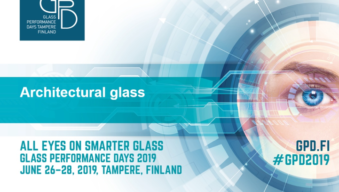






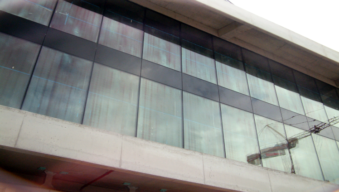



















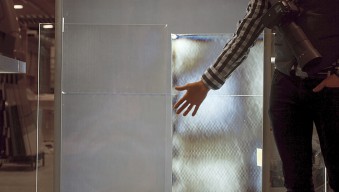









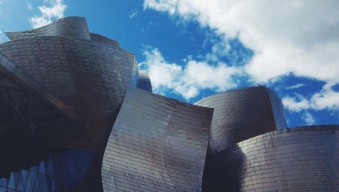


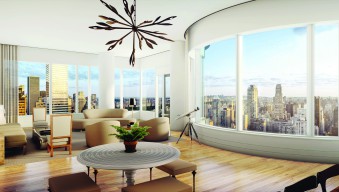



Once again, over 500 glass professionals gathered in Tampere, Finland, to celebrate glass. After many workshops and excellent presentations, I am excited to see the ambition level of glass industry professionals on the rise once again. If nothing else, the Glass Performance Days reminds us that glass is a material that can truly do it all.
And as a brief reminder, I compiled five design trends that caught my attention.

From time to time, I get a question from the glass structural engineers about specification advice on glass quality for high-profile facades. How they can make sure they will get the best possible or most suitable glass quality for their project? Many times, the question is: what is the best I can realistically get from the market?

Energy savings in glass tempering process goes directly to your bottom line. Here’s how you can minimize your tempering process energy consumption. (Part 2/2)



Glass and glazing solutions are an excellent way to increase the amount of daylight in any building or space. Read more to find out about the surprising impacts of daylight exposure.

One of the most burning topics in the glass industry is whether anisotropy is a defect or not? The industry is puzzled because of a lack of standardization. What can we do?

Markets demand increasingly more quality from glass suppliers. Sometimes, you can see weird strain patterns or rainbow-colored streaks in the glass, especially when viewed at a close angle and in polarized light. This is called glass iridescence. And here’s how to get rid of it.

作为高端幕墙项目的一个主题,光学问题变得越来越重要。造成光学缺陷的原因主要有两个:玻筋和翘边。在本文中,我将讨论玻筋及如何改善。